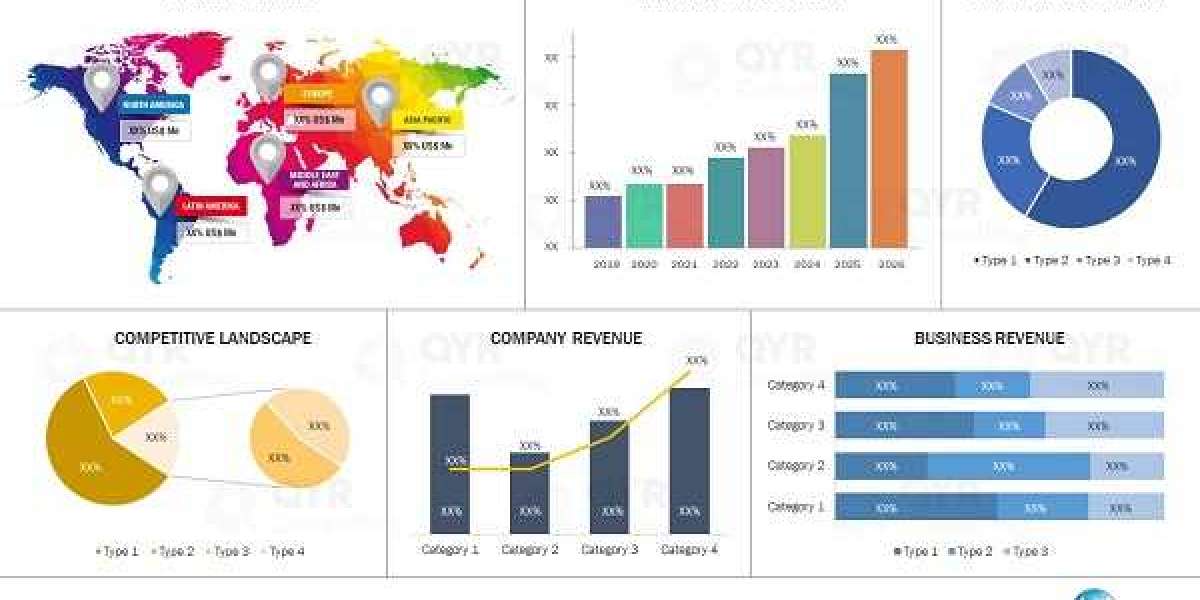Degree Certificate Attestation Services in the UAE: A Complete Guide
If you're planning to live, work, or pursue higher education in the UAE, having your degree certificate attested is an essential requirement. The process of degree certificate attestation is a formal procedure that validates the authenticity of your educational qualifications. This ensures that your documents are recognized by the UAE government, employers, universities, and other official entities.
In this guide, we’ll walk you through what degree certificate attestation is, why it’s important, and how professional attestation services can simplify the entire process for you.
What is Degree Certificate Attestation?
Degree certificate attestation services in abu dhabi is the process of verifying the authenticity of your educational certificate issued from a foreign country. This attestation is done by designated government authorities and the UAE Embassy or Consulate in the country of origin, followed by final verification from the Ministry of Foreign Affairs (MOFA) in the UAE.
This verification confirms that your degree certificate is genuine and issued by a recognized institution.
Why is Degree Certificate Attestation Required?
The UAE government mandates attestation services in abu dhabi of foreign educational documents to ensure that individuals possess legitimate qualifications. Attested degree certificates are required for:
- Employment in the UAE (especially for professional and skilled roles)
- University admissions or further studies
- Obtaining a work or residence visa
- Professional licensing and qualification equivalency
- Sponsoring family members
Without proper attestation, your degree certificate will not be considered valid for official use in the UAE.
Prime global attestation provides certificate attestation services in abu dhabi, dubai, sharjah and UAE.
Step-by-Step Process of Degree Certificate Attestation
While the process may vary slightly depending on the country of issuance, the general steps are as follows:
- Notary Attestation (if required)
Some countries require a notary public to validate the certificate before other authorities review it.
- Home Country Attestation
The certificate must be attested by the concerned educational department or ministry (e.g., HRD, Ministry of Education).
- Ministry of External/Foreign Affairs Attestation
The document is then submitted to the Ministry of External Affairs or equivalent body in the home country.
- UAE Embassy Attestation in Home Country
The UAE Embassy or Consulate in the certificate-issuing country verifies the document.
- MOFA Attestation in the UAE
Finally, the attested document is presented to the Ministry of Foreign Affairs (MOFA) in the UAE for final attestation.
How Professional Attestation Services Help
A professional attestation services in abu dhabi is agency can save you time, effort, and stress by handling the entire process on your behalf. Here’s how:
- Expertise in dealing with various authorities
- Quick and efficient processing
- Document collection and delivery
- Status updates and customer support
- Accuracy in legal and translation requirements
Why Choose Prime Global Attestation Services?
At Prime Global Attestation, we specialize in providing reliable, fast, and secure degree certificate attestation services across the UAE. Whether your certificate is from India, the UK, USA, or any other country, our experienced team handles the end-to-end process professionally.
We offer attestation services in abu dhabi, Dubai, Sharjah, and other emirates, ensuring your documents are processed with care and accuracy.
We provide attestation services on degree, diploma, tc, marriage, birth, mofa, commercial and Apostille services in the abu dhabi, dubai and uae
Our team works closely with embassies, consulates, and the Ministry of Foreign Affairs to ensure your documents are legally recognized in the UAE.
For more details information, attestation services in abu dhabi, attestation services in dubai, attestation services in uae and attestation services in sharjah











